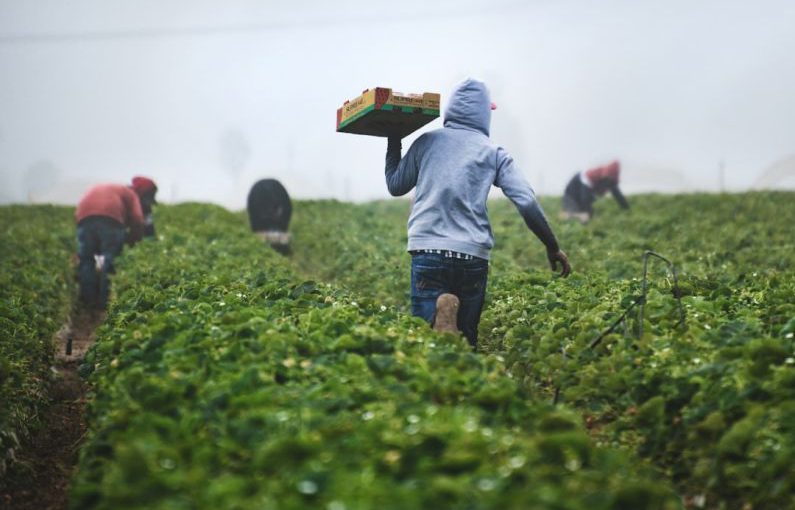In recent years, there has been a noticeable surge in local farming initiatives across communities worldwide. These initiatives are driven by a variety of factors, including a desire for sustainable food sources, support for local economies, and a renewed interest in knowing where one’s food comes from. From urban rooftop gardens to community-supported agriculture programs, the landscape of agriculture is evolving, with a focus on creating a stronger connection between consumers and their food sources.
The Rise of Urban Farming
One of the most significant trends in local farming initiatives is the rise of urban farming. In cities around the globe, individuals and organizations are transforming vacant lots, rooftops, and even indoor spaces into thriving agricultural hubs. Urban farming not only provides fresh produce to city dwellers but also contributes to a more sustainable food system by reducing the carbon footprint associated with transporting food long distances.
Community-Supported Agriculture (CSA) Programs
Community-Supported Agriculture (CSA) programs have also gained popularity as a way for consumers to directly support local farmers. In a CSA program, individuals purchase a share of a farm’s harvest at the beginning of the season and receive weekly or monthly deliveries of fresh produce throughout the growing season. This model not only provides farmers with a stable income but also allows consumers to enjoy a wide variety of locally grown fruits and vegetables.
Farmers’ Markets and Farm Stands
Farmers’ markets and farm stands have long been staples of local economies, but in recent years, they have seen a resurgence in popularity. These markets provide farmers with a direct avenue to sell their products to consumers, cutting out the middleman and ensuring that farmers receive fair compensation for their hard work. Farmers’ markets also offer consumers the opportunity to engage with the people who grow their food, fostering a sense of community and trust in the food system.
The Benefits of Supporting Local Farming Initiatives
There are numerous benefits to supporting local farming initiatives. By purchasing food from local farms, consumers can enjoy fresher, more flavorful produce that is often grown using sustainable and environmentally friendly practices. Supporting local farmers also helps to strengthen the local economy, creating jobs and boosting economic resilience within communities.
Additionally, local farming initiatives can help to preserve farmland and protect natural resources. By supporting farms that use sustainable growing practices, consumers can contribute to the conservation of biodiversity and the protection of ecosystems. Local farms also play a crucial role in preserving agricultural traditions and heritage, ensuring that future generations will have access to locally grown food.
Challenges and Opportunities
While local farming initiatives offer numerous benefits, they also face challenges that must be addressed. Limited access to land, water, and resources can hinder the growth of small-scale farms, making it difficult for farmers to compete with larger, industrial operations. Additionally, changing weather patterns and the impacts of climate change pose significant challenges to farmers who rely on predictable growing seasons.
Despite these challenges, there are also opportunities for local farming initiatives to thrive. By leveraging technology, such as online sales platforms and social media marketing, farmers can reach a wider audience and connect with consumers who are seeking out locally grown products. Collaborating with other farmers and community organizations can also help to strengthen local food systems and create a more resilient agricultural sector.
In conclusion, the surge in local farming initiatives reflects a growing desire among consumers to support sustainable, community-based food systems. By engaging with local farmers, consumers can enjoy fresh, flavorful produce, support the local economy, and contribute to the preservation of farmland and natural resources. As these initiatives continue to evolve and expand, they have the potential to transform the way we think about food and agriculture, creating a more resilient and connected food system for future generations.





